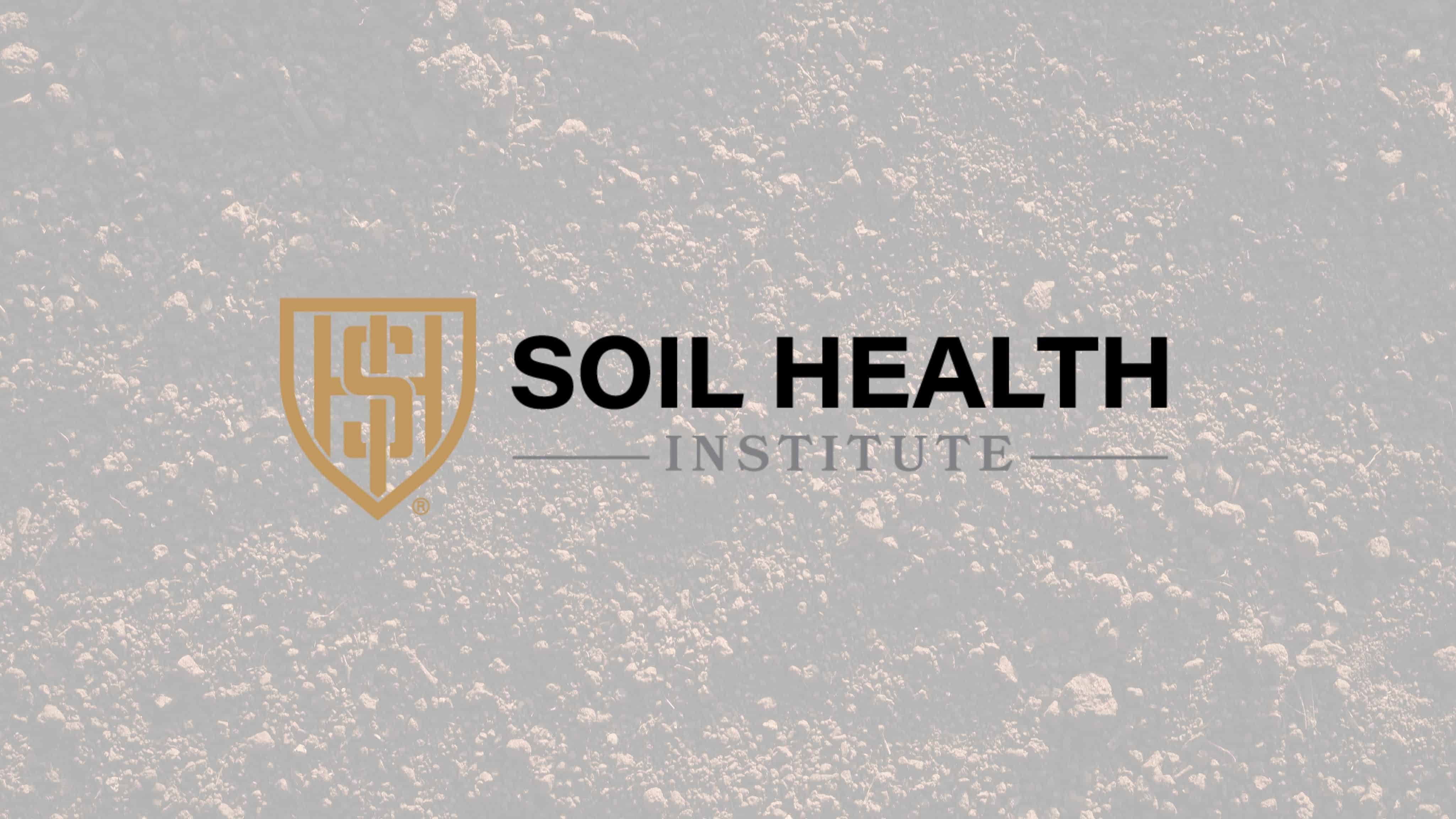Key Takeaways:
- The Soil Health Institute's United States Regenerative Cotton Fund (USRCF) promotes sustainable cotton farming in the U.S.
- Over 1,000 cotton farmers and their advisors are engaged in improving soil health through USRCF initiatives.
- USRCF aims to eliminate one million metric tons of CO2 equivalent from the atmosphere by 2026.
- Economic insights from the fund have shown significant cost reductions and income increases for farmers.
- USRCF's holistic approach includes soil health measurement, economic insights, and farmer education.
Advancing Sustainable Cotton Farming: Soil Health Institute's United States Regenerative Cotton Fund
Opportunities for advancing sustainable cotton farming in the United States are expanding thanks to the nationwide partnership led by the Soil Health Institute's United States Regenerative Cotton Fund (USRCF). This initiative has been pivotal in promoting soil health and regenerative agricultural practices among cotton farmers across the U.S. Cotton Belt.
Holistic Approach and Progress
Since its inception, the USRCF has taken a comprehensive approach to improving soil health, providing economic insights, and educating farmers. Engaging more than 1,000 cotton farmers and their advisors, the fund supports adopting management systems designed to enhance soil health, the cornerstone of regenerative agriculture.
Zeb Winslow, a fifth-generation cotton farmer from North Carolina, highlighted the value of the fund's efforts: “The soil health benchmarks SHI provides are a great way to help farmers set realistic soil health goals and measure their success. Reaching farmers where they're at is important if we continue the soil health movement.”
USRCF's Objectives and Reach
Launched in 2021, the USRCF is a farmer-facing, science-based initiative to support long-term, sustainable cotton production in the U.S. The fund's ambitious goal is to eliminate one million metric tons of carbon dioxide equivalent from the atmosphere by 2026. The USRCF operates in several states, including Alabama, Arkansas, California, Georgia, Mississippi, Missouri, North Carolina, Oklahoma, South Carolina, and Texas, leveraging partnerships with organizations such as the U.S. Cotton Trust Protocol, Cotton Incorporated, and various agricultural extension services.
Notable Successes
Economic Insights
Research conducted on 19 farms representing 108,000 acres in Texas, Georgia, Mississippi, North Carolina, and South Carolina revealed that farms implementing soil health management systems reduced production costs by an average of $53 per acre. This practice increased net farm income by an average of $150 per acre in cotton rotations.
Soil Health Measurements
Benchmarks established on over 2 million acres in Texas and Arkansas offer personalized soil health reports to farmers. These reports describe soil health, improvement opportunities, and carbon and water storage implications, empowering farmers and advisors to set science- and place-based soil health goals.
Experiential Learning
Eleven Historically Black interns gained first-hand experience translating scientific knowledge into practical action, fostering a resilient future for agriculture.
Farmer Education
The USRCF has organized over 25 field demonstrations and workshops led by SHI educators, farmer mentors, and technical specialists. These events, tapping into trusted local networks, have helped more than 1,300 farmers and advisors across seven states improve soil health.
Support and Partnerships
The USRCF was initiated through a founding grant from The Ralph Lauren Corporate Foundation. Additional support comes from the Walmart Foundation, The VF Foundation, Levi Strauss & Co., Hearst Foundations, and Cotton Incorporated. These collaborations underscore the commitment to fostering sustainable cotton farming practices and enhancing the resilience of agricultural communities.



2 Comments